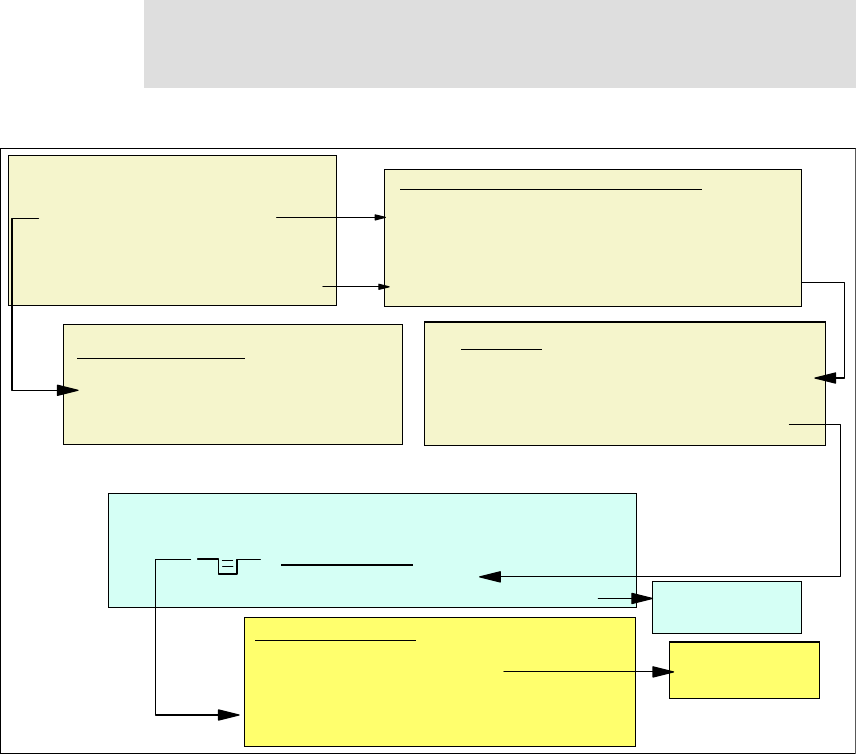
Chapter 11. JMS scenario 377
11.5 Runtime configuration for JMS
This section discusses the runtime configuration required to run a JMS
application in a WebSphere Application Server V6 environment and using the
default messaging provider. See Figure 11-8.
Figure 11-8 JMS application configuration
11.5.1 Create a queue destination
The queue destination provides the queue for point-to-point messaging. The
application places a message on this queue.
Note: This configuration assumes that you have created a service integration
bus and added your application server as a bus member. See “Create a
service integration bus” on page 463 for information.
activation specification
Name=Mail MDB ActivationSpec
JNDI name=esb/SelfService/Mail
Dest type=Queue
Dest JNDI name=jms/SelfService/ProcessorToMailQ
Bus=ITSOMartBus
queue destination:
ID=ProcessorToMail.Queue
Mediation Handler List=TransformMediation
ITSOMartBus
JMS connection factory
Name=ProcessorToMail
JNDI name=jms/SelfService/ProcessorCF
Bus=ITSOMartBus
JMS queue
Name=ProcessorToMail
JNDI name=jms/SelfService/ProcessorToMailQ
Bus=ITSOMartBus
Queue=ProcessorToMail.Queue
EJB deployment descriptor - Resource reference:
jms/ProcessorCF binds to jms/SelfService/ProcessorCF
jms/ProcessorQ binds to jms/SelfService/CustomerToProcessorQ
OrderSystemSessionFacadeBean
ConnectionFactory qcf = (ConnectionFactory) lookupObject
.getJndiObject("jms/ProcessorCF");
Connection connection = qcf.createConnection();
connection.start();
Queue q = (Queue) lookupObject.getJndiObject("jms/ProcessorQ");
MailServiceEJB
XlateToXMLEJB
Get Patterns: Implementing Self-Service in an SOA Environment now with the O’Reilly learning platform.
O’Reilly members experience books, live events, courses curated by job role, and more from O’Reilly and nearly 200 top publishers.

